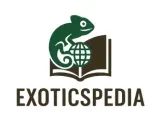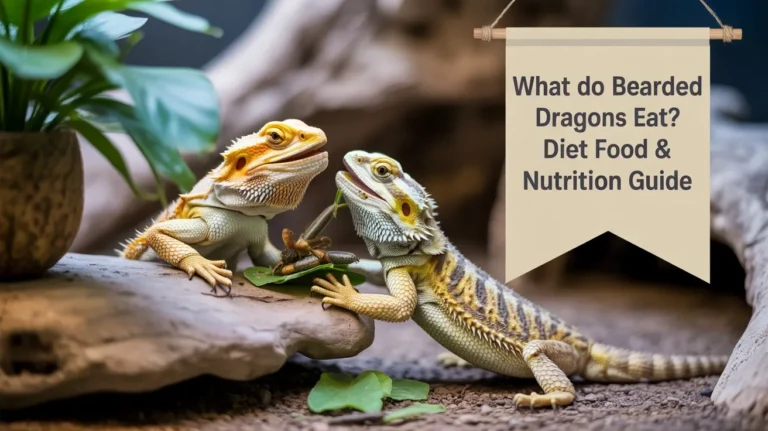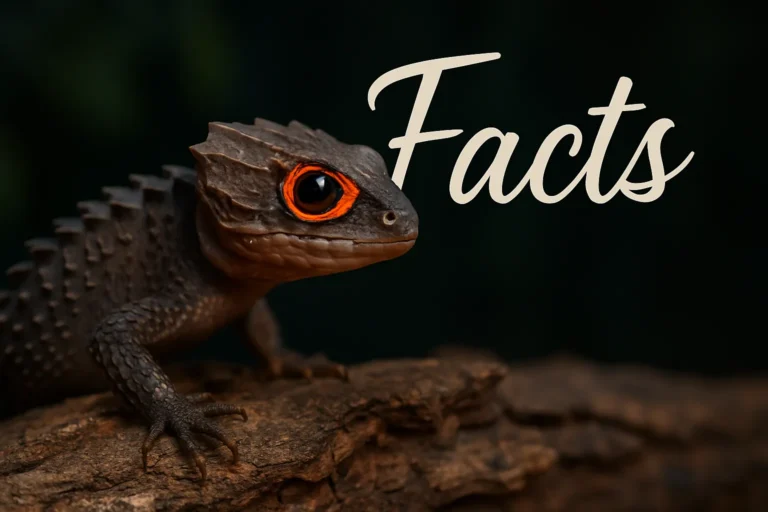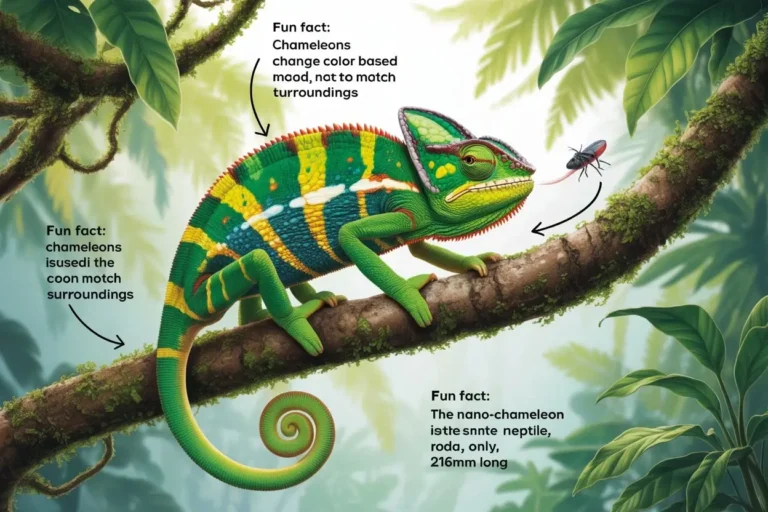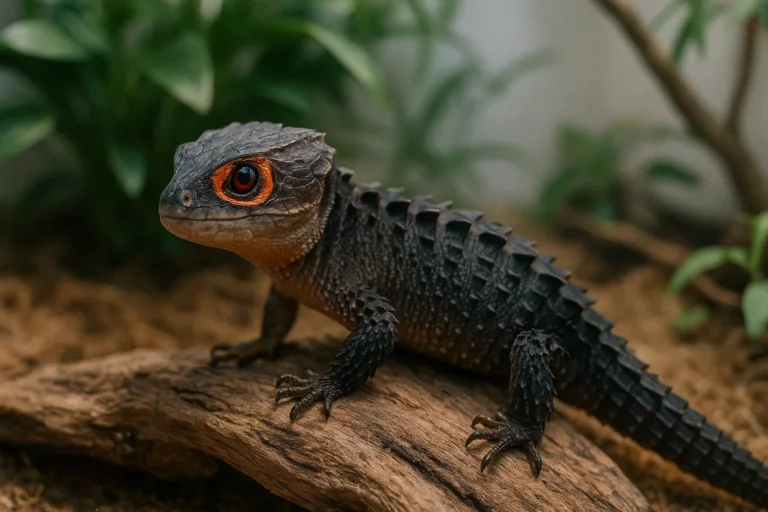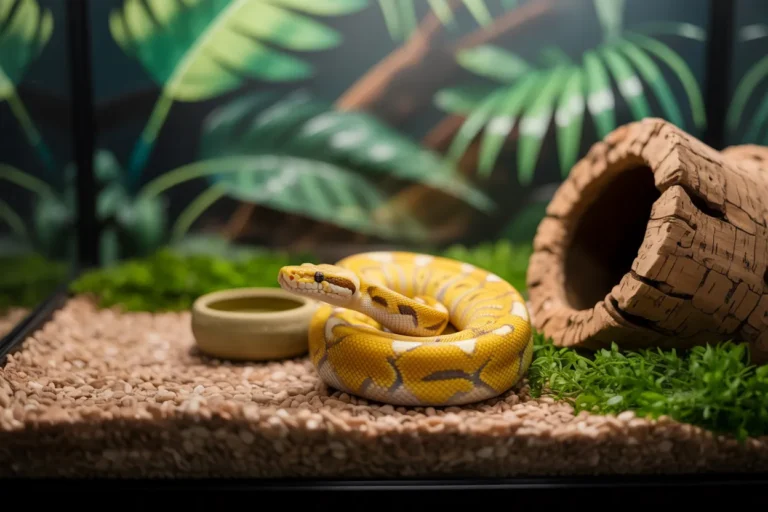Ball Python Diet: A Complete Feeding Guide
Feeding your Ball Python properly is essential to its well-being and longevity. These fascinating snakes are obligate carnivores, which means their diet must consist of whole prey items. A balanced diet is crucial for maintaining their health, energy, and optimal growth. This comprehensive guide will walk you through everything you need to know about feeding your Ball Python, from what they eat to how often to feed them and the best practices for offering a varied, nutritious diet.
What Do Ball Pythons Eat?
Ball Pythons are carnivores, which means they thrive on a diet of whole prey. In captivity, their diet primarily includes:
While rats and mice are the most commonly used feeders for Ball Pythons, offering variety is essential. A diverse diet helps to provide a broader range of nutrients, which can prevent picky eating habits and support your snake’s long-term health.
In addition to the usual suspects like mice and rats, you can occasionally offer young rabbits, guinea pigs, and gerbils to your snake to keep its diet interesting and balanced. Variety ensures your Ball Python gets a wide spectrum of essential vitamins, minerals, and proteins.
Feeding Frequency by Age and Size
Feeding schedules can vary based on the age, weight, and activity level of your Ball Python. Here’s a general feeding guide for Ball Pythons:
| Age/Size Category | Weight Range | Feeding Frequency |
|---|---|---|
| Hatchlings | Up to 5 weeks | Every 5 days |
| Juveniles (<200g) | <200g | Every 7 days |
| Juveniles (200-300g) | 200–300g | Every 7–10 days |
| Juveniles (350-500g) | 350–500g | Every 10–14 days |
| Subadults & Adults (500-1500g) | 500–1500g | Every 2–3 weeks |
| Adults (>1500g) | >1500g | Every 4–6 weeks |
Note: Ball Pythons are nocturnal, so it’s best to feed them at night when they are most active and receptive to food.
How to Choose the Right Size Prey
The key rule for determining the right size prey is that it should be roughly the same width as the thickest part of your snake’s body. For instance, if the widest part of your Ball Python is 1.5 inches, the prey should be similar in girth.
Another guideline is that each prey item should be around 10% of your snake’s body weight, particularly for younger or growing snakes. Feeding prey that is too large can lead to regurgitation, stress, or even injury, so it’s important to choose appropriately sized food items.
Live vs Frozen-Thawed: Which Is Better?
Frozen-thawed prey is always the preferred option for feeding Ball Pythons. Here’s why:
- Safer for Your Snake: Live prey can bite or scratch your snake, causing injury or stress.
- More Humane: Frozen-thawed prey eliminates unnecessary suffering.
- Convenient: It’s easier to store and handle frozen food, plus it’s always available when needed.
If you’re using frozen prey, always thaw it properly before feeding. Never microwave prey as it can cause uneven heating or even explode. Here’s how to do it correctly:
- Remove the frozen prey from the freezer.
- Place the prey in a sealed bag and thaw it in cold water.
- After a few hours, replace the cold water with warm water and soak for 10–15 minutes.
- Just before feeding, run warm water over the bag to bring the prey to room temperature.
- Use tongs (not your hands!) to offer the food to your snake.
Should You Use a Separate Feeding Enclosure?
Feeding in a separate enclosure is optional but can be beneficial. It offers several advantages:
- Prevents substrate ingestion.
- Reduces the risk of associating the enclosure lid or your hand with food.
- Encourages clear feeding behavior.
However, many reptile keepers successfully feed in the main enclosure as long as it’s clean and safe.
Water and Hydration: Essential for Your Snake’s Health
Hydration plays a crucial role in your Ball Python’s digestion and overall health. Always provide fresh water in a clean dish large enough for soaking. Make sure to change the water daily or every other day. During shedding, your Ball Python may soak in water to help with the process, so ensure that the water dish is always available.
Tip: Ball Pythons also absorb moisture through their skin, so it’s essential to maintain proper humidity in their enclosure
Supplements: Are They Necessary?
Ball Pythons generally get all the necessary vitamins and minerals from their whole prey diet. However, occasional supplementation can be beneficial, particularly for juveniles or breeding females. Here’s how to do it safely:
- Lightly dust prey with a 50/50 mix of calcium and multivitamin powder once in a while.
- Don’t over-supplement—too much can be harmful.
Healthy ball pythons typically don’t need daily vitamins if fed appropriately.
Feeding Tips for Ball Python Owners
- Always feed appropriately sized prey.
- Stick to a consistent feeding schedule.
- Don’t handle your snake for 48–72 hours after feeding.
- Feed at night when they are more receptive.
- Avoid feeding during shedding or when the snake refuses food (common in breeding season or during stress).
- Monitor body condition: Underweight or obese snakes require dietary adjustments.
Common Feeding Mistakes to Avoid
- Feeding prey that’s too large
- Offering frozen rodents that aren’t fully thawed or warm
- Using bare hands to present prey
- Overfeeding, especially in adults
- Leaving uneaten prey in the enclosure for too long
Frequently Asked Questions (FAQs)
Can I feed my ball python live mice?
While it’s possible, it’s not recommended. Live prey can bite or injure your snake. Frozen-thawed prey is safer and more humane.
How often should I feed an adult ball python?
Adults typically eat once every 2–6 weeks depending on size and activity level. Monitor body condition and adjust accordingly.
What size rodent should I feed my snake?
The prey should be roughly the same width as the thickest part of your snake’s body or about 10% of its body weight.
What if my ball python refuses to eat?
Occasional refusal is normal, especially during shed cycles or breeding season. Check environmental conditions and try again later. Persistent refusal may require a vet visit.
Can I give my ball python other types of prey?
Yes! You can occasionally offer quail, chicks, or African soft-furred rats for dietary variety, which is beneficial for long-term health.
Should I supplement my ball python’s diet?
Rodents are usually complete, but occasional dusting with a calcium/vitamin mix can help, especially for juveniles or breeding females.
Is it okay to feed in the main enclosure?
Yes, as long as you’re using tongs and the setup is clean. A separate feeding bin is optional but can help prevent accidental bites or substrate ingestion.
Can I refreeze uneaten thawed rodents?
No. Refreezing thawed rodents can lead to bacterial growth. Discard any uneaten food.
how long can a ball python go without eating?
A ball python can typically go for a few weeks to a few months
